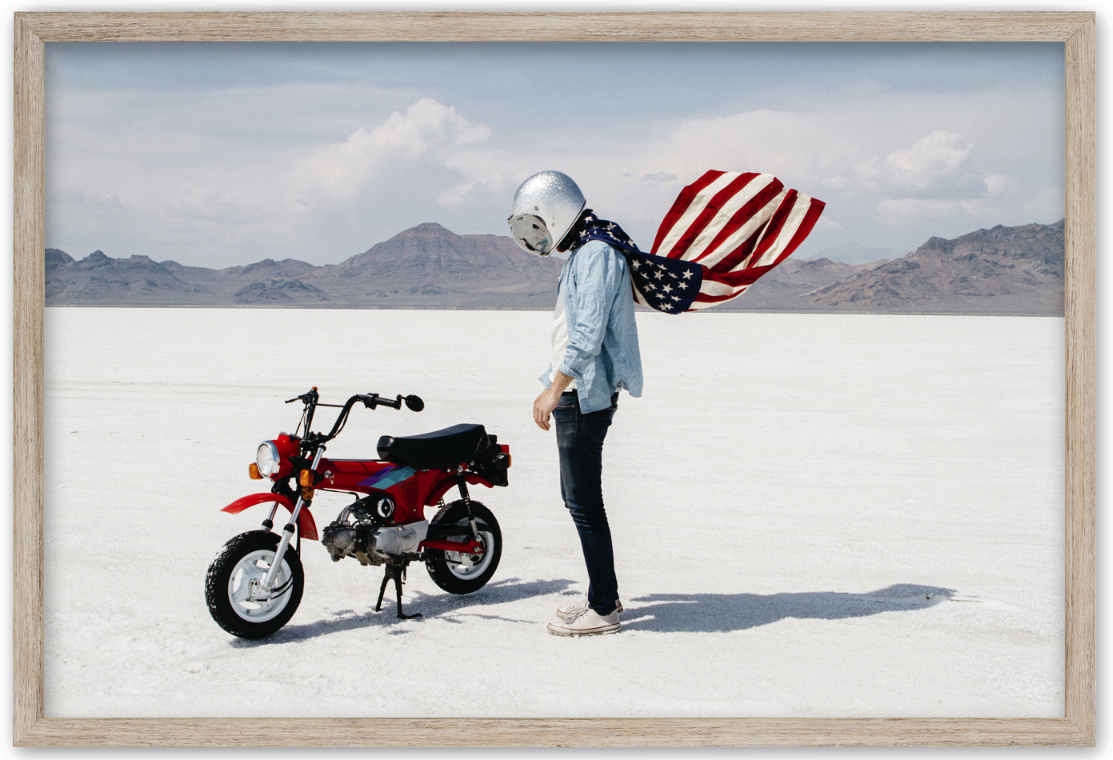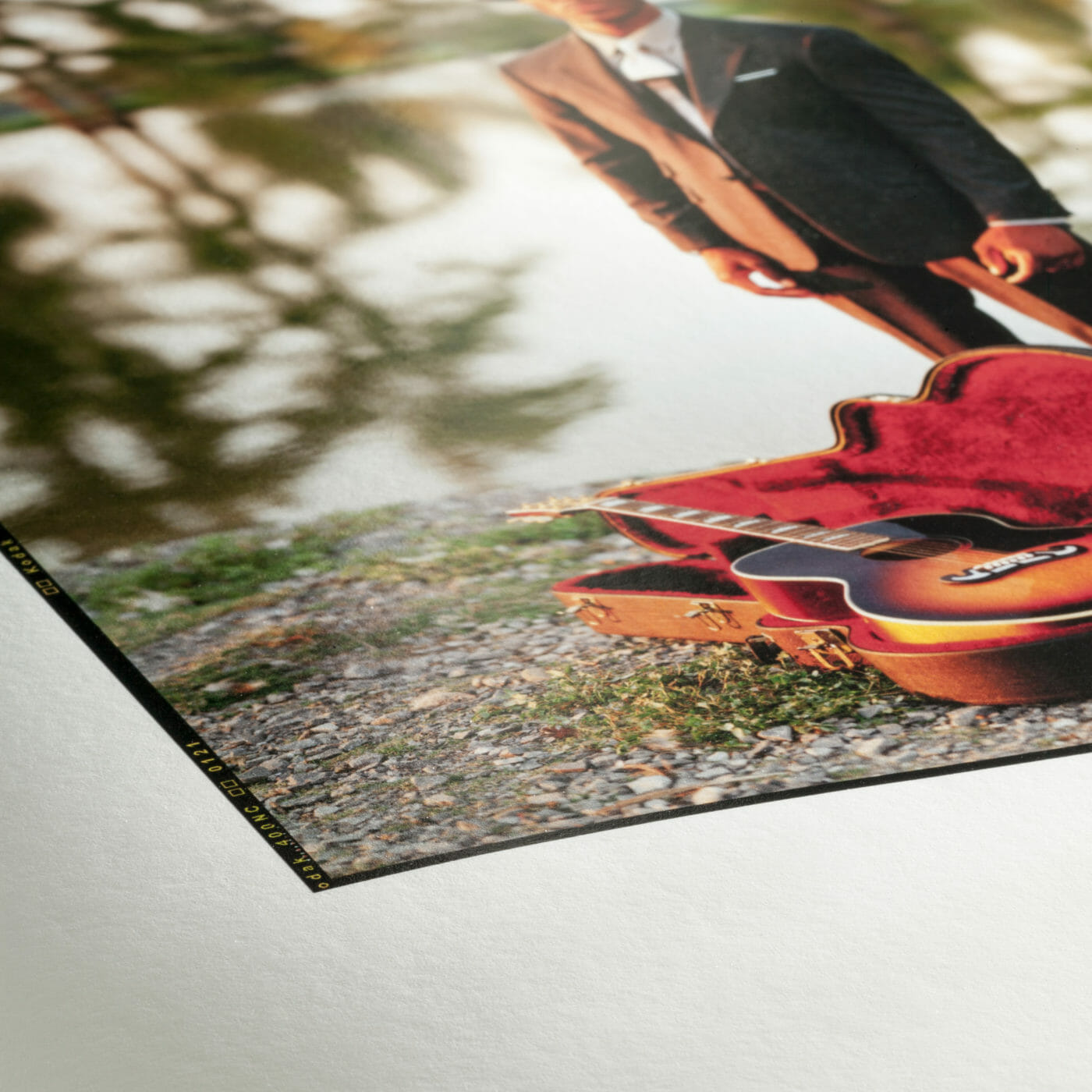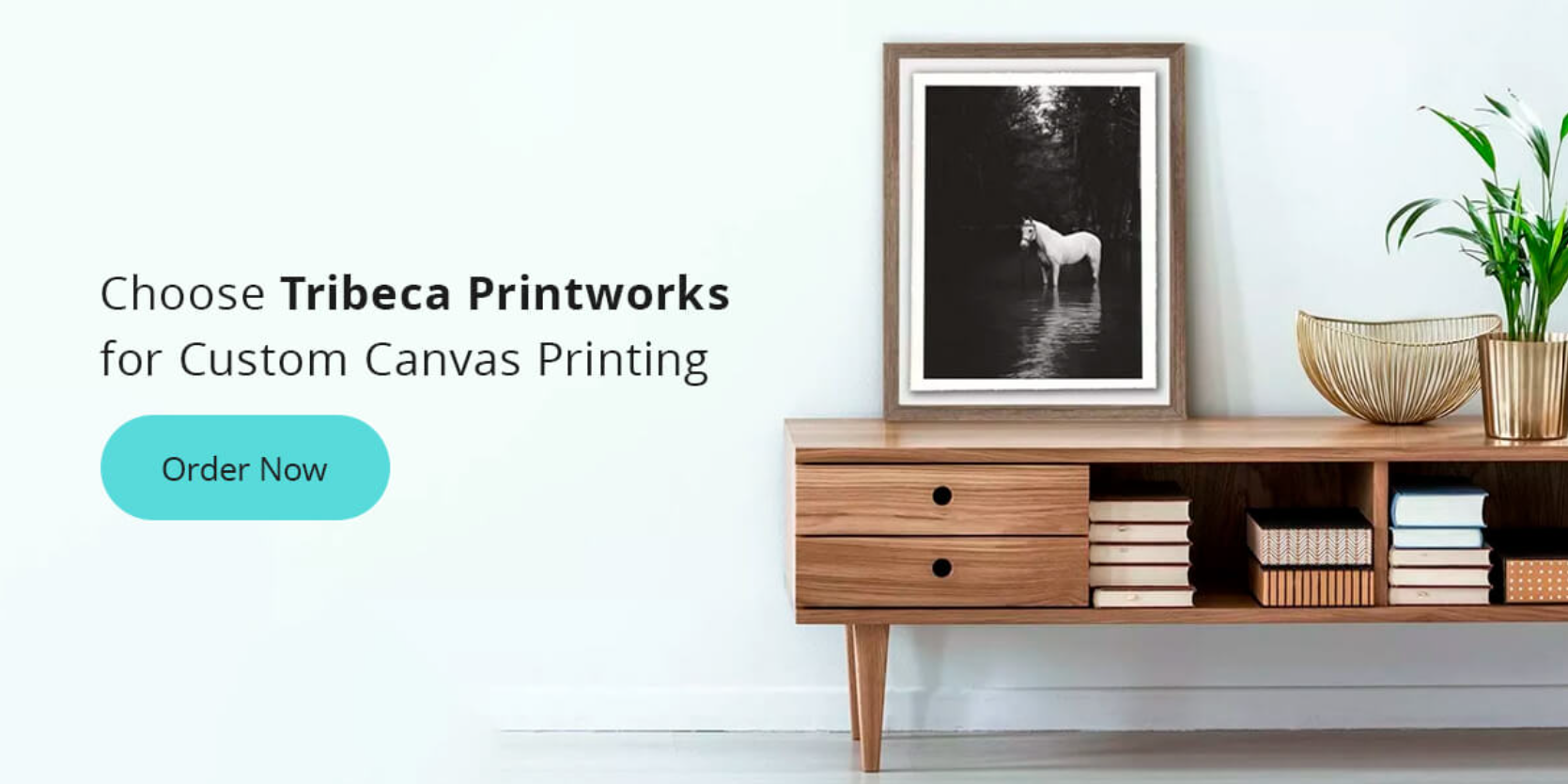Comparing Photographic Prints to Fine Art Prints


04/4/2024
by Michael McCarty
Founder, Tribeca Printworks
Whether you are an amateur or a professional, you know how important it is to be able able to print out your artwork. From letting you display your art in your home or business to allowing you to sell it at exhibits and museums, the benefits of custom fine art printing are truly endless.
When you decide to print out your art pieces, though, you’ll likely come across various options at a print lab ranging from photographic prints to fine art prints. Choosing the right type of print will allow you to bring out your piece’s best qualities — while helping you stay within your budget.
What Are Photographic Prints?
The term “photographic prints” typically refers to chromogenic silver halide prints. The chromogenic printing process, which was introduced by Kodak in the early 1940s, involves a reaction between two chemicals. This reaction is what produces the color dyes seen in the finished photographic image.
The prints, which are also referred to as c-prints, tend to have a more glossy finish than fine art prints. Along with the aesthetic qualities of a glossy finish, this effect also helps the print from getting scratched easily. With chromogenic materials like photographic or film paper and the printing process, this method enhances dark shades for a saturated finished effect.
Because this printing method uses a lesser quality paper compared to fine art prints, photographic prints tend to be less expensive than other options. It’s often used when you need to print in bulk and aren’t as concerned with having a top-quality finish.
What Are Fine Art Prints?
The term “fine art prints” refers to archival pigment giclee prints. Unlike a c-type print, giclee prints use high-quality pigment-based inks and acid-free fine art paper. Also, these prints, which are also sometimes referred to as pigment prints, are made without any light sensitivity or chemistry. Instead, a high-resolution large format printer is used to ensure superior quality.
The combination of materials and printing method creates prints that are fade-resistant and long-lasting. The image won’t turn yellow, crack or wear out. As a result, this printing method is popular with museums and galleries that wish to preserve prints for decades. Archival pigment printing can utilize glossy, luster and metallic photo papers that accomplish the look and feel of traditional C-prints, but also offer a much wider range of materials to print on including true matte papers, watercolor papers, canvas and more.
Which Printing Method Should I Choose?
When deciding between a photographic print or a fine art print, it’s important to remember that the main differences between the two methods is the composition

of the paper, the way the image is made and the longevity of the prints. These factors will affect everything from the appearance to the longevity of your art.
Ask yourself a few questions as you consider your options:
- How long do you want the print to last?
- What is the purpose of the print? Where will it be displayed?
- What type of finished look do you prefer — glossy or matte?
- What is your budget?
Overall, though, you’ll find that fine art prints offer several benefits not found with photographic prints. Interestingly enough, it was not that long ago that giclee prints were thought of as “inferior” to traditional photographic prints by both galleries and collections. Today, however, that is no longer true. In fact, museums and galleries today recognize the value and benefits of pigment prints such as:
- Unbeatable detail, depth and color.
- Greater versatility for materials and substrates.
- Ability to emphasize and experience more intense colors and contrast in your images.
- Reduction in unwanted glare and shine once your artwork is printed.
Along with being a superb, long-lasting choice for museums, you’ll also find that fine art prints offer countless benefits for amateur photographers who want to remember and display their pieces for years to come.
Tribeca Printworks Is Your Source for Digital Prints of Fine Art
Here at Tribeca Printworks, we have over 40 years of cumulative professional experience in digital printing and the art industry. Our team can help you choose the best fine art papers to help bring your vision to life. We do archival prints, which can be printed on a wide variety of materials, including photographic materials such as glossy, luster and style papers. We also offer an array of sizes ranging from 4 inches by 6 inches to 64 inches by 120 inches, allowing you to further customize your print.
Regardless of which printing option you choose, our team of experts will collaborate with you from start to finish to ensure all your needs are met.

Schedule Your Free Consultation Today
If you are ready to get started, you can either select your custom fine art prints online or stop by our fine art print shop to work one-on-one with our team. Either way, with our one-stop shop experience, you’ll get to take advantage of our competitive pricing, fast turnaround and satisfaction guarantee.
To schedule your free quote and consultation, fill out our online contact form. We’ll be in touch with you soon!
